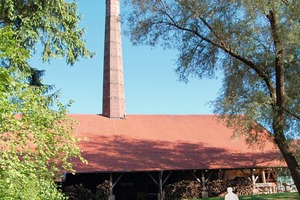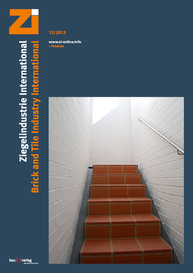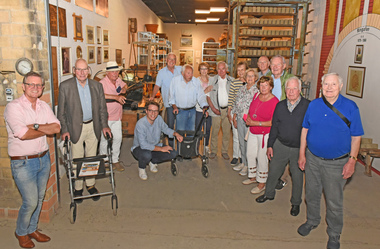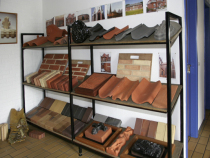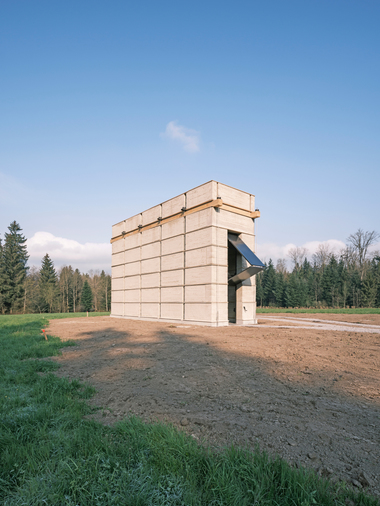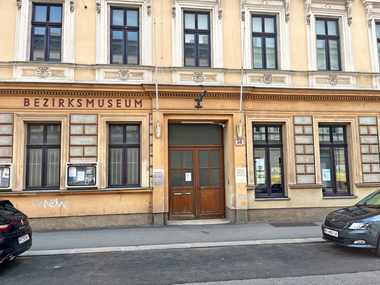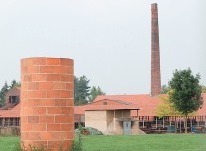Flintsbach Clay Brick and Lime Museum
is the kiln dating from the year 1883 in which lime and bricks were fired up until 1968. On the open air grounds of the ensemble of buildings, which have been listed for monument conservation since 1975, there is also a complete brickworks with loam pit, the limestone quarry, a Roman brick firing kiln, a stone baking oven and a reproduction brick kiln and a lime kiln.
In the museum opened in 1996, visitors cannot only experience the materials brick and lime with their historical production methods but also their current applications and production. Starting from the Hoffmann annular kiln, it is possible to trace the development of the building materials bricks and lime used today through their historical products, their extraction and processing. Besides the original preserved annular kiln, machines and equipment used in the past are presented on the around 8 000 m2 grounds and provide an insight into the traditional methods of brick production and lime firing.
The transition from craft to highly modern industry and the production and application of indigenous building materials are at the focus of the 400 m² exhibition in the newly built museum.

